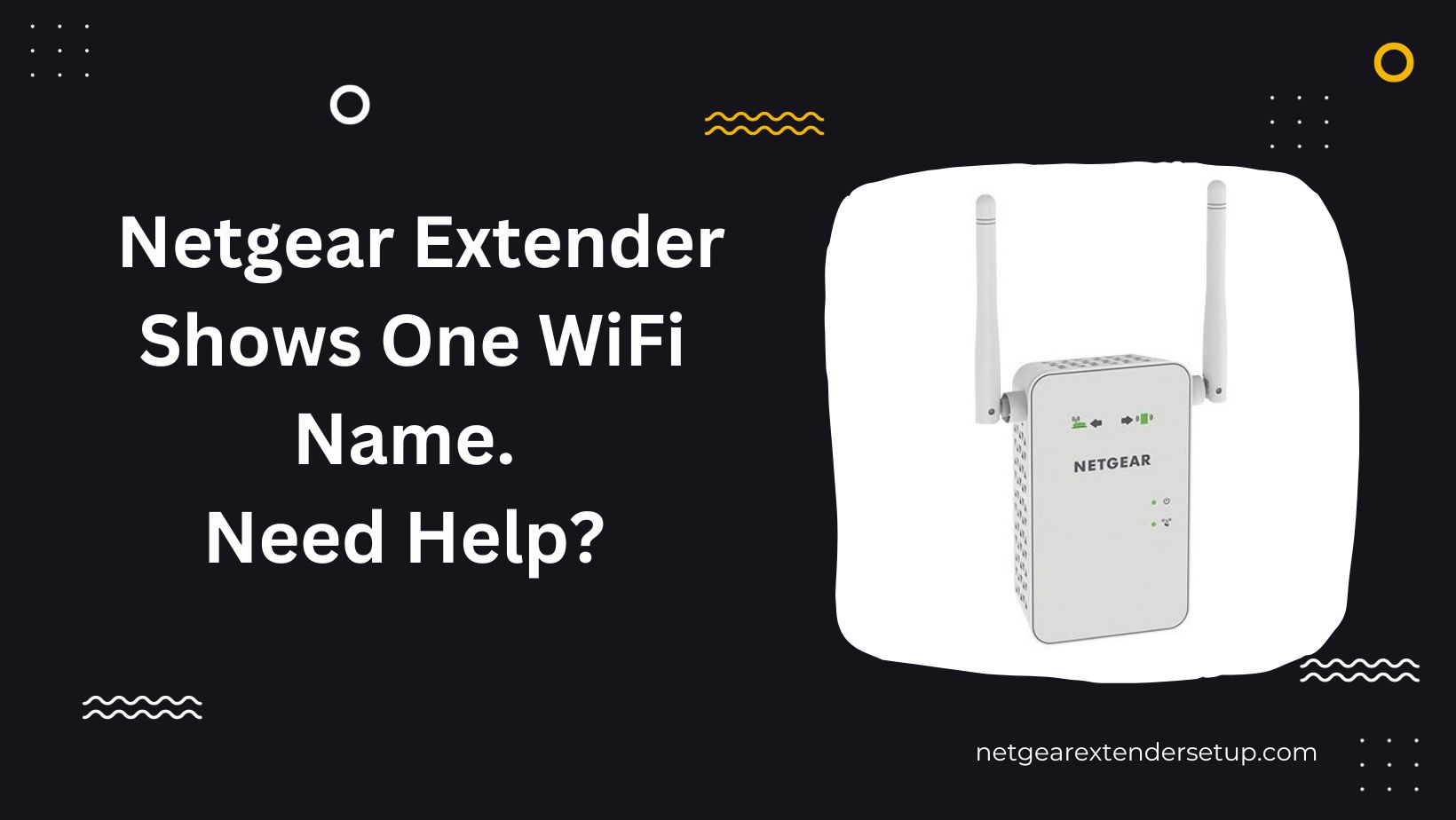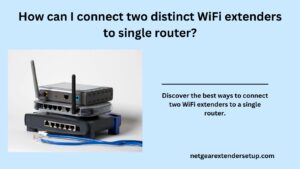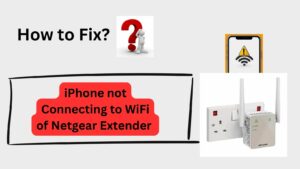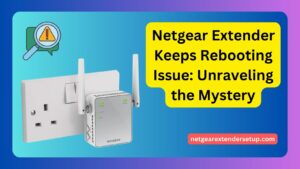In the ever-evolving landscape of digital connectivity, having a seamless and robust Wi-Fi network is crucial for both work and leisure. Netgear, a renowned name in networking solutions, offers a range of devices to enhance and extend the reach of your wireless network. One common issue users encounter is when their Netgear extender shows only one Wi-Fi name. This situation can be perplexing, but fear not – we’re here to help unravel the mystery and guide you through resolving this dilemma.
Understanding the Issue:
When your Netgear extender displays only one Wi-Fi name, it suggests that the extender is not broadcasting separate network names for the 2.4GHz and 5GHz bands. Netgear devices typically have the capability to operate on both frequency bands simultaneously, providing flexibility and improved performance. However, if only one network name is visible, it could lead to connectivity challenges, especially for devices that benefit from specific frequency bands.
Potential Causes:
- Default Settings: The extender may be configured to broadcast a single network name by default.
- Firmware Issues: Outdated or corrupted firmware could hinder the extender’s ability to broadcast dual-band networks.
- Incomplete Setup: If the extender setup is incomplete or incorrect, it may not recognize and broadcast both frequency bands separately.
Why Can’t the SSIDs of Devices be Changed?
In the intricate world of wireless networking, the Service Set Identifier (SSID) plays a crucial role in identifying and connecting devices to a Wi-Fi network. However, there are instances where changing the SSIDs of devices might seem elusive or restricted. Understanding the reasons behind this limitation and knowing what steps to take can alleviate frustration and ensure a smoother wireless experience.
1. Manufacturer Restrictions:
- Some devices, particularly those with proprietary software or limited configuration options, might impose restrictions on changing the SSID. Manufacturers often design devices with default settings to maintain compatibility and ease of use, but this can limit user customization.
2. Security Concerns:
- Manufacturers may restrict SSID changes to prevent potential security vulnerabilities. Altering the SSID could inadvertently expose the device to unauthorized access or compromise the integrity of the network. As a result, certain devices prioritize security over user customization.
What You Should Do Now:
1. Check Manufacturer Documentation:
- Review the user manual or online documentation provided by the device manufacturer. This resource often contains information about the customization options available for the device, including whether or not the SSID can be changed.
2. Explore Advanced Settings:
- Access the device’s advanced settings or configuration menu. Sometimes, hidden or advanced options are available that allow users to modify SSID settings. Be cautious while making changes and ensure compatibility with your network.
3. Consider Workarounds:
- In some cases, devices might not provide a direct option to change the SSID, but workarounds exist. For example, creating a custom network name in your router’s settings can indirectly impact the SSID for connected devices.
4. Contact Manufacturer Support:
- If you are unable to find a solution through documentation or device settings, reach out to the manufacturer’s customer support. They can provide guidance, inform you about any firmware updates that may address the issue, or offer alternative solutions.
5. Evaluate Network Requirements:
- Consider whether changing the SSID is a necessity for your specific use case. In many instances, the default SSID provided by the manufacturer might be sufficient for regular network operations.
How to Disable Netgear One WiFi Name?
- Open a web browser and enter the extender’s (192.168.1.250) IPaddress.
- Log in with your credentials.
- Navigate to the wireless settings section in the web interface.
- It’s a default setting that broadcasts one name for both 2.4GHz and 5GHz bands.
- Resolve device compatibility issues.
- Prefer separate SSIDs for better organization.
- Input desired names for 2.4GHz and 5GHz bands.
- Save changes.
- Check the user manual for guidance on common problems.
- Restart the extender for a smooth transition.
- Enhanced device management.
- Improved network security.
- Explore hidden configuration options cautiously.
- Check for the latest firmware version.
- Follow instructions in the web interface for updates.
- Follow simplified steps for non-tech savvy users.
- Avoid unnecessary complications.
- Consider the pros and cons of separate SSIDs.
- Make informed decisions based on your needs.
Read More: Netgear WN2000RPT Firmware Update – Firmware Region Error
Frequently Asked Questions (FAQs)
Yes, you can revert to the default setting at any time by following the same steps in the extender’s web interface.
Initially, devices may disconnect briefly. However, restarting the extender and reconnecting devices usually resolves any disruptions.
Separate SSIDs enhance security by preventing unauthorized access. However, using strong passwords is still crucial to maintaining a secure network.
Yes, for consistency and optimal performance, it’s recommended to update both SSIDs when making changes.
Most Netgear extenders support SSID customization. Consult the user manual corresponding to your specific model for guidance.
Regularly check for firmware updates, ideally every few months, to ensure your extender is equipped with the latest features and security enhancements.



